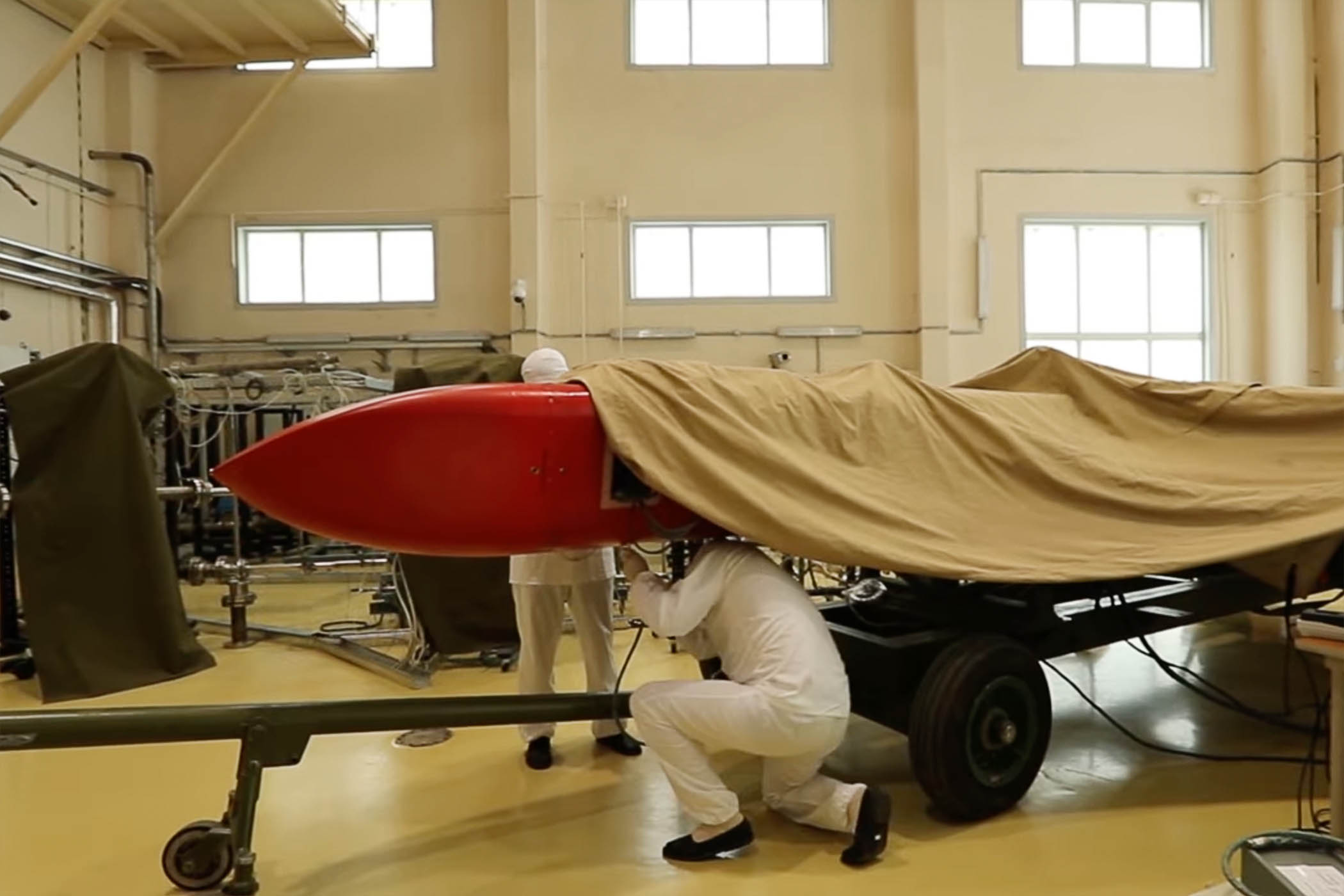Last Sunday, Vladimir Putin announced that Russia had successfully tested a missile powered by a nuclear engine – one capable of having a nuclear warhead strapped to the front. The news didn’t seem to please Donald Trump, who said it was “not appropriate”. Given his tendency to superlatives, such moderate tones can instil a certain sort of dread.
The Burevestnik missile – named in Russian after a storm petrel, a small black-and-white seabird – was launched in the far east of the country, and flew for 15 hours, Russia said, covering 14,000km (8,700 miles).
The idea of using nuclear reactors to power aircraft and space flights is old. The US built two such models in the 1950s and 1960s, but scrapped the prototypes because the technology was dangerous, expensive and hard to make work. Jet engines using aviation fuel and chemical rockets have powered US aircraft and missiles ever since.
Still, there are advantages to nuclear-powered aircraft. As nuclear reactors keep working more or less indefinitely, they don’t need to stop to refuel every few hours – meaning they could potentially fly for days, or even weeks. In principle, last week’s flight could have gone on for much longer.
The Russians have described it as a “post-doomsday” weapon, one with the capacity to patrol the waste of a smouldering civilisation, looking for any targets that may have been missed in an initial nuclear strike, and destroying them.
Related articles:
From this side of the end of the world, however, the missile presents some practical problems. The first, obviously, is that aircraft have been known to crash, and a nuclear reactor smeared out over the landscape is undesirable. A second problem is that these engine designs tend to spray radioactively contaminated air out of their exhaust, even when they are working as designed.
The technical complexity of the project also makes the weapon inherently risky, certainly to its developers, and perhaps also to the operators who will have to look after it when it comes into service. In 2019, five Russian engineers were killed while trying to recover the remains of a previous trial, which had ditched into the White Sea. Russia has not disclosed what happened, but the incident looks like a radiation accident.
So why is Russia pressing on with this long-disregarded technology? The timing of last week’s test looks like a response to the imposition of oil sanctions by the US, and a demonstration of strength by Moscow. But it is also part of a longer-term trend: Russia is keen to display its technical prowess. When it cannot match the US in the sophistication of its weapons, it tends to want to achieve similar ends by brute force.
If the Burevestnik is ever fielded in any serious numbers, it probably represents more of a risk to the Russians than to anyone else. Having a small experimental nuclear reactor in close proximity to a nuclear warhead, which could crash on takeoff, would make any military unit quail.
The storm petrel is designed to fly very low, avoiding detection by defences such as Trump’s Golden Dome, and to loiter in remote locations – before attacking its target from any direction. But for the weapon to be stealthy it would have to be out of contact with the forces that fired it. That means radio silence and using onboard computers to manage all aspects of the flight, including the reactor, and the missile, without human intervention. Potentially for days at a time.
The storm petrel seabird got its name from its appearance of being able to walk on water, just as Peter was said to in the Bible. It will take similarly supernatural skills to keep Russia’s storm petrel safe.
Bernard Gray was chief of defence materiel and UK national armaments director from 2011-2015



